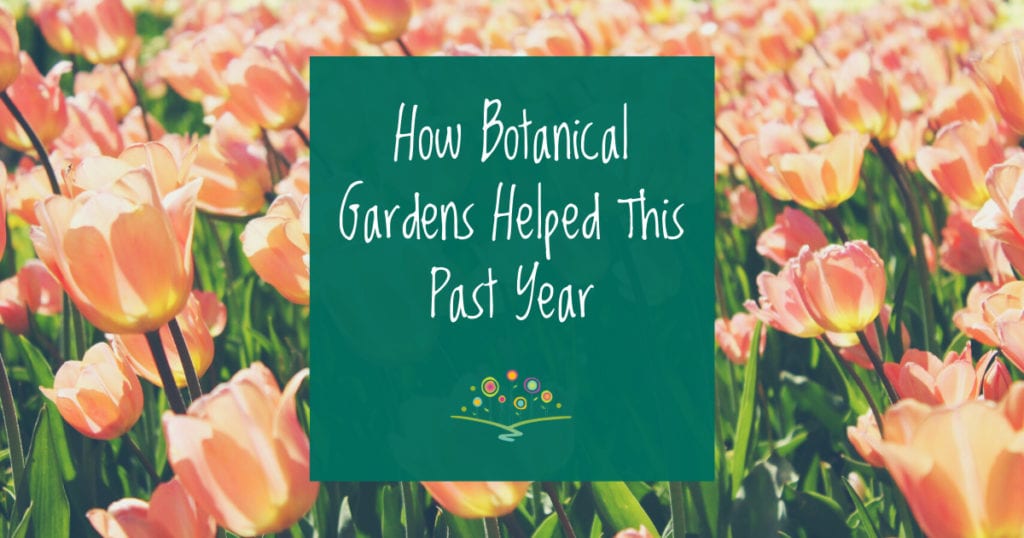
Although they’ve been empty over the past year, many botanical gardens blessed us with beautiful spring blooms via virtual tours. But that wasn’t the only way botanical gardens have been helping during the pandemic. In fact, it’s just the tip of the Iceberg Rose.
Urban Agriculture
Botanical gardens stepped up during the pandemic to help provide access to food – especially fresh produce – to people in need. The U.S. Botanic Garden (USBG) and American Public Gardens Association partnered to provide grants to 28 public gardens nationwide to grow fresh food. This produce was then distributed to those deemed most vulnerable during the pandemic. Even gardens that didn’t have much prior experience with growing fruits and vegetables quickly pivoted to help provide for their community.
Garden School
Many botanical gardens lost the ability to interact with kids. The usual onslaught of spring field trips were canceled and their own education departments scrambled to find new ways to reach those students. In addition to resources such as weekly newsletters and customized videos, some botanical gardens went outside the box.
Cape Fear Botanical Gardens in Fayetteville, North Carolina went so far as to create their own Garden School. Abiding by CDC guidelines, they held classes outdoors for smaller groups of students while public schools remained closed. Each month featured a different age-appropriate theme that aligned with the state’s science education standards. Both in-person and virtual classes were offered and students were given huge project kits to continue their learning at home.
Spring Plant Sales
Every year, most botanical gardens host a spring sale of plants that they’ve grown throughout the year. The primary focus of this sale is to raise funds for the botanical gardens themselves. Thankfully, many of these pandemic-proof fundraising events were allowed to continue… and sales were through the (greenhouse) roof.
A record amount of people have returned to the simplicity of gardening to help them mentally and physically cope with the challenges of the past year. It’s a win-win for everyone involved. The botanical garden gets much-needed funds and the budding gardeners get much-needed stress release.
A Place of Respite
Sadly, museums took an understandable hit in attendance during the pandemic. Especially indoor museums, which are among the last places to open as restrictions ease.
However, botanical gardens – like the Norfolk Botanical Garden – have experienced an increase in attendance during the pandemic. People wanted to get out of the house… and the botanical garden’s beautiful outdoor environment was the perfect place to be.
Botanical gardens provided more than just pretty scenery. They gave us a place to relax, renew, and refocus. It’s no surprise that being in nature is one of the best ways to clear your mind and boost your health.
We’ve always had a soft spot for botanical gardens, but after what they’ve done for us in the past year – that spot has grown bigger and more bountiful than ever. _________________________________________________________________________
To see what’s springing up around the greenhouse, sign up for our newsletter.




